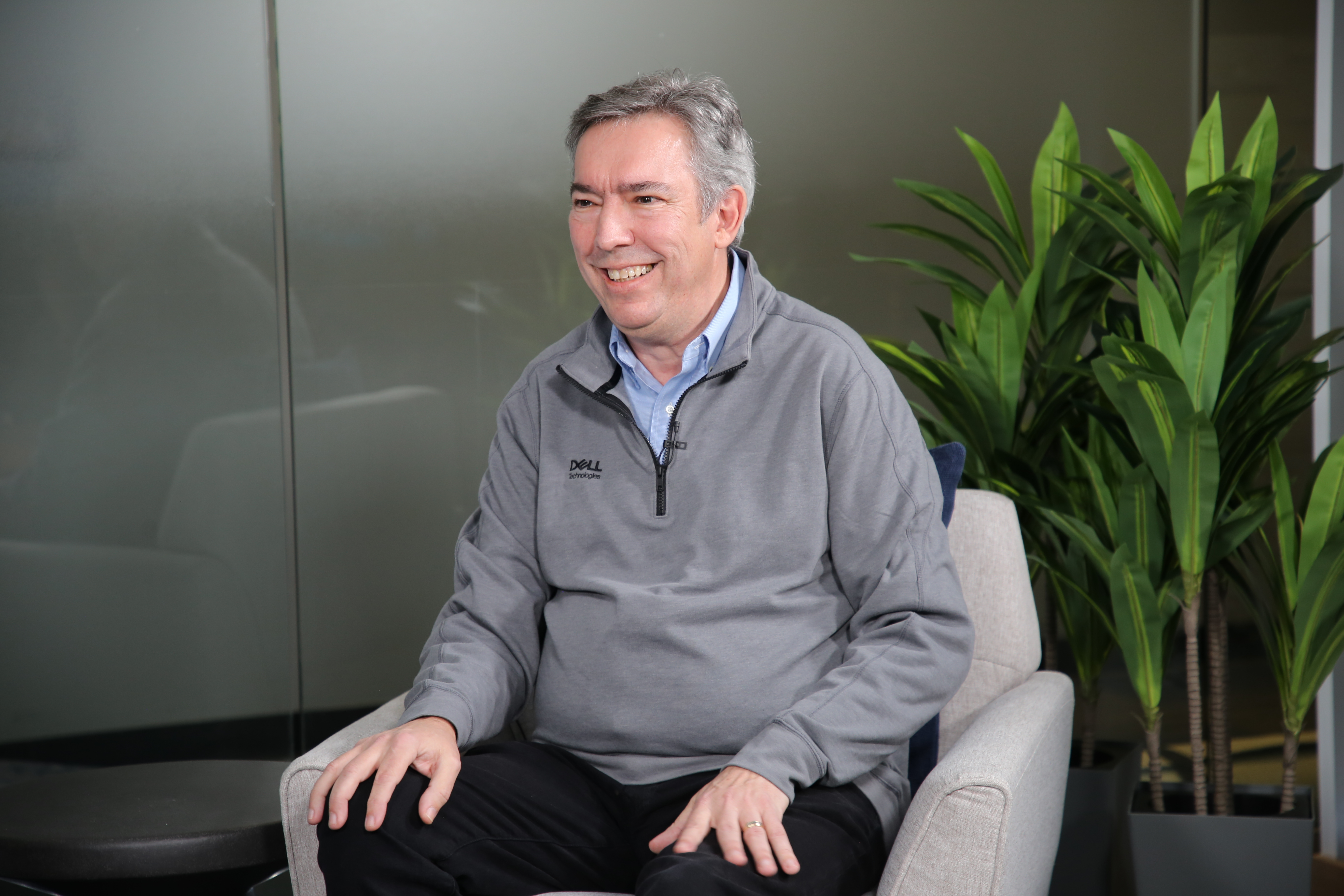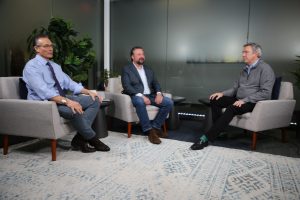 SECURITY
SECURITY
 SECURITY
SECURITY
 SECURITY
SECURITY
Today’s frantic cyber warfare landscape means that new threats emerge as fast as they can be conceived.
Subsequently, cybersecurity has transcended the IT department and become a key concern in the boardroom. However, as enterprises accelerate digital transformation, the focus of cybersecurity has shifted beyond just protection to robust cyber resiliency.

Dell’s Rob Emsley talks with theCUBE about how Dell Technologies is positioning cyber resilience as an achievable, structured process.
“Cyber resiliency and cybersecurity continues to be at the top of IT spending, whether or not you’re looking at various analyst reports,” said Rob Emsley (pictured), director of data protection marketing at Dell Technologies Inc. “It’s still a boardroom discussion. We all know that a lot of discussions about AI are also taking place in the boardroom as companies move forward with their digital transformation initiatives. But the requirement to be secure, and especially to secure the data that you’re inevitably going to be relying upon to train your large language models, is so vitally important.”
Emsley spoke with theCUBE’s Dave Vellante and Rob Strechay at the “Is Your IT Infrastructure Ready for the Age of AI?” event, during an exclusive broadcast on theCUBE, SiliconANGLE Media’s livestreaming studio. They discussed how Dell Technologies is positioning cyber resilience as an achievable, structured process built on visibility, simplicity and trusted recovery. (* Disclosure below.)
Businesses are investing heavily in cyber resiliency as they increasingly depend on data-driven initiatives such as artificial intelligence and large language models. The concern is not just preventing breaches but ensuring companies can detect, respond and recover quickly and securely when attacks do happen, according to Emsley. With data being the fuel for AI, the need to secure it has become mission-critical. As enterprises adopt more interconnected systems and technologies like agents and automation, vulnerabilities grow.
“We’ve really thought about what’s needed to become more cyber resilient and broken it down into three distinct pillars,” Emsley said. “The first one is you need to reduce the attack surface. You need to make it harder for the bad actors to get into your network, move around and cause havoc. The second pillar is you have to realize that, even with all of the good preventative measures that you can put in place, there’s no such thing as absolute security.”
On the response front, Dell has integrated its PowerProtect portfolio with platforms such as CrowdStrike’s Falcon XDR, enabling early detection of indicators of compromise. On the recovery side, Dell’s PowerProtect Data Domain systems act as the “storage of last resort,” ensuring data integrity even in the worst-case scenario. Paired with cyber recovery vaults and anomaly detection technologies such as CyberSense, organizations can analyze and isolate clean data for trusted recovery, according to Emsley.
“A lot of this is all underpinned by zero-trust principles to reduce the opportunity for people to get into your backup infrastructure,” he said. “Then, you take that across all of the Dell portfolio of infrastructure, and every team within Dell is building intrinsic security into the platform. One thing that also keeps data secure is the immutability word. The immutability of backups becomes a critical element to reduce that attack surface.”
Here’s the complete video interview, part of SiliconANGLE’s and theCUBE’s coverage of the “Is Your IT Infrastructure Ready for the Age of AI?” event:
(* Disclosure: TheCUBE is a paid media partner for the “Is Your IT Infrastructure Ready for the Age of AI?” event. Neither Dell Technologies Inc., the sponsor of theCUBE’s event coverage, nor other sponsors have editorial control over content on theCUBE or SiliconANGLE.)
Support our mission to keep content open and free by engaging with theCUBE community. Join theCUBE’s Alumni Trust Network, where technology leaders connect, share intelligence and create opportunities.
Founded by tech visionaries John Furrier and Dave Vellante, SiliconANGLE Media has built a dynamic ecosystem of industry-leading digital media brands that reach 15+ million elite tech professionals. Our new proprietary theCUBE AI Video Cloud is breaking ground in audience interaction, leveraging theCUBEai.com neural network to help technology companies make data-driven decisions and stay at the forefront of industry conversations.